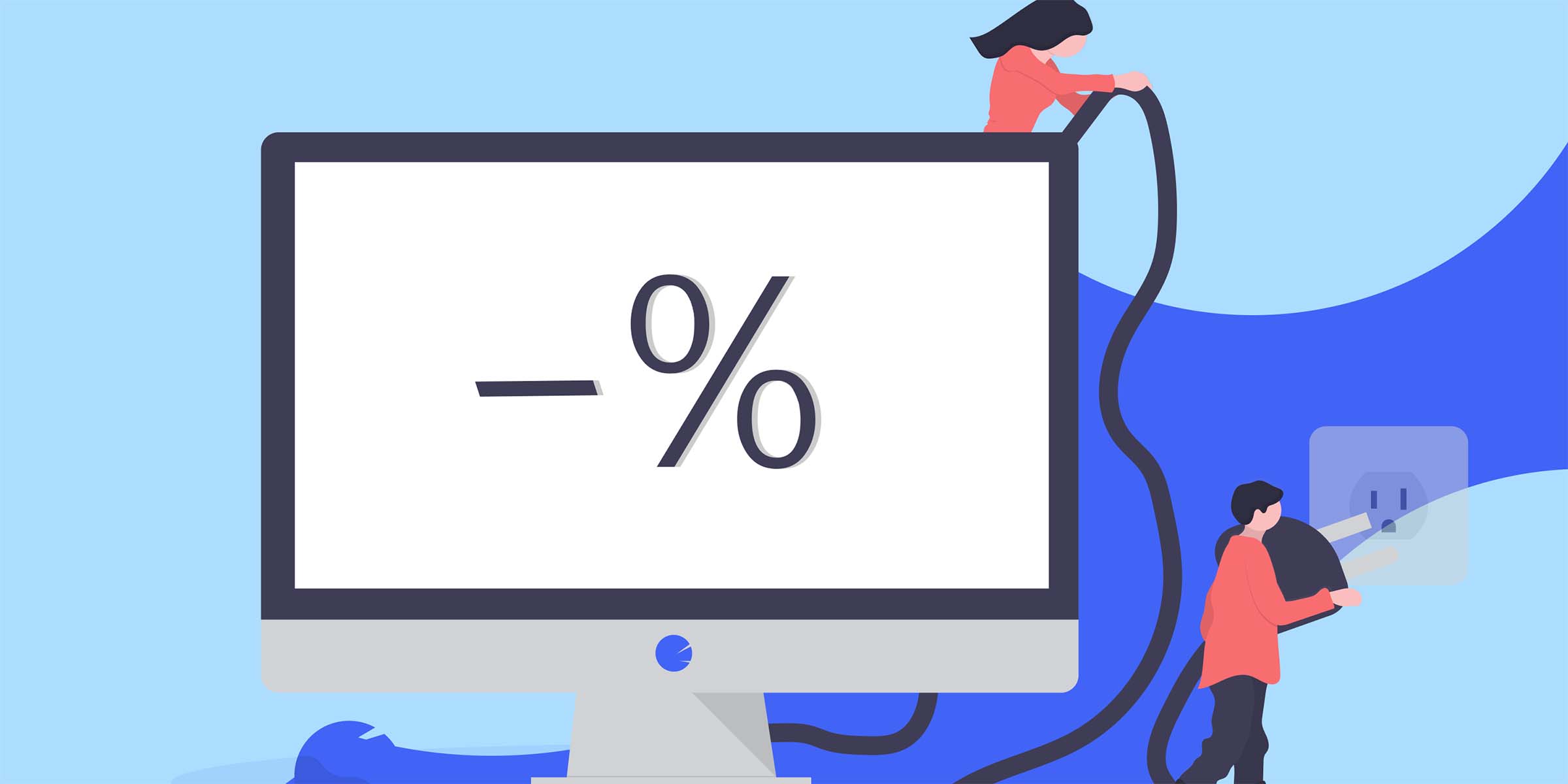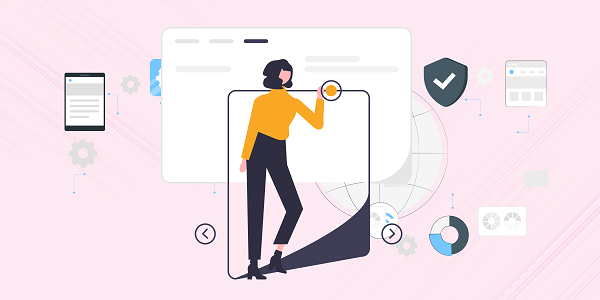Residential Proxies
Allowlisted 200M+ IPs from real ISP. Managed/obtained proxies via dashboard.

Proxies
Residential Proxies
Allowlisted 200M+ IPs from real ISP. Managed/obtained proxies via dashboard.
Residential (Socks5) Proxies
Over 200 million real IPs in 190+ locations,
Unlimited Residential Proxies
Use stable, fast, and furious 700K+ datacenter IPs worldwide.
Static Residential proxies
Long-lasting dedicated proxy, non-rotating residential proxy
Dedicated Datacenter Proxies
Use stable, fast, and furious 700K+ datacenter IPs worldwide.

Web Unblocker
View content as a real user with the help of ABC proxy's dynamic fingerprinting technology.
Proxies
API
Proxy list is generated through an API link and applied to compatible programs after whitelist IP authorization
User+Pass Auth
Create credential freely and use rotating proxies on any device or software without allowlisting IP
Proxy Manager
Manage all proxies using APM interface

Proxies
Residential Proxies
Allowlisted 200M+ IPs from real ISP. Managed/obtained proxies via dashboard.
Starts from
$0.77/ GB
Residential (Socks5) Proxies
Over 200 million real IPs in 190+ locations,
Starts from
$0.045/ IP
Unlimited Residential Proxies
Use stable, fast, and furious 700K+ datacenter IPs worldwide.
Starts from
$79/ Day
Rotating ISP Proxies
ABCProxy's Rotating ISP Proxies guarantee long session time.
Starts from
$0.77/ GB
Static Residential proxies
Long-lasting dedicated proxy, non-rotating residential proxy
Starts from
$5/MONTH
Dedicated Datacenter Proxies
Use stable, fast, and furious 700K+ datacenter IPs worldwide.
Starts from
$4.5/MONTH
Knowledge Base
English
繁體中文
Русский
Indonesia
Português
Español
بالعربية

Web Scraping With R: A Comprehensive Guide
In today's digital age, data plays a crucial role in decision-making and gaining a competitive edge. As the amount of data available on the web continues to grow exponentially, the need to extract, analyze, and utilize this data has become increasingly important. Web scraping is a powerful technique that allows us to gather data from websites automatically. In this blog post, we will explore how we can leverage the R programming language for web scraping, discussing the benefits, challenges, and best practices in the process.
Web scraping, also known as web harvesting or web data extraction, is the process of extracting data from websites. This data can be in the form of text, images, links, or any other content available on the web. Web scraping is commonly used in various fields such as market research, price monitoring, content aggregation, and more. By automating the data extraction process, we can save time and effort while ensuring accuracy and consistency in the collected data.
R is a powerful programming language and environment for statistical computing and graphics. When it comes to web scraping, R offers several advantages that make it a popular choice among data scientists and researchers. Some of the key benefits of web scraping with R include:
1. High-level Data Analysis: With R's rich set of built-in functions and libraries, we can easily preprocess and analyze the scraped data for insights and trends.
2. Integration with APIs: R provides seamless integration with web APIs, allowing us to combine web scraping with API calls for comprehensive data collection.
3. Scalability: R's scalability makes it suitable for handling large datasets obtained through web scraping, enabling us to process and analyze vast amounts of data efficiently.
While web scraping with R offers numerous benefits, it also comes with its own set of challenges. Some common challenges associated with web scraping include:
1. Website Structure Changes: Websites frequently update their design and structure, which can break the web scraping scripts and require constant maintenance and monitoring.
2. Anti-Scraping Measures: Some websites implement anti-scraping measures such as CAPTCHA challenges, IP blocking, or user-agent detection to prevent automated data extraction.
To overcome the challenges and ensure successful web scraping with R, it is essential to follow best practices that promote efficiency, reliability, and ethical data collection. Some best practices for web scraping with R include:
1. Respect Robots.txt: Before scraping a website, always check the robots.txt file to understand the site's crawling guidelines and restrictions.
2. Use Delay and Timeout: To avoid overloading the website servers and getting blocked, incorporate delays and timeouts in your scraping scripts.
3. Monitor Changes: Regularly monitor the scraped data and website structure for any changes that may impact the scraping process.
In conclusion, web scraping with R is a valuable skill that allows us to extract and analyze data from websites efficiently. By leveraging the power of R programming language and following best practices, we can overcome challenges and harness the full potential of web scraping for data-driven decision-making. Whether you are a data scientist, researcher, or business professional, mastering web scraping with R can open up new opportunities for data exploration and analysis. Start exploring the world of web scraping with R today and unlock the insights hidden within the vast expanse of the web.
Featured Posts
Popular Products
Residential Proxies
Allowlisted 200M+ IPs from real ISP. Managed/obtained proxies via dashboard.
Residential (Socks5) Proxies
Over 200 million real IPs in 190+ locations,
Unlimited Residential Proxies
Use stable, fast, and furious 700K+ datacenter IPs worldwide.
Rotating ISP Proxies
ABCProxy's Rotating ISP Proxies guarantee long session time.
Residential (Socks5) Proxies
Long-lasting dedicated proxy, non-rotating residential proxy
Dedicated Datacenter Proxies
Use stable, fast, and furious 700K+ datacenter IPs worldwide.
Web Unblocker
View content as a real user with the help of ABC proxy's dynamic fingerprinting technology.
Related articles

What are some free web scraping tools
This article reviews 5 types of free web scraping tools, analyzes their core functions and applicable scenarios, and discusses how to improve data collection efficiency in combination with proxy IP.

How to efficiently extract image data from URL
This article explores the technical logic and efficiency optimization of URL image extraction, analyzes the core role of proxy IP in data crawling, and introduces how abcproxy can improve the stability and success rate of image collection through professional proxy services.